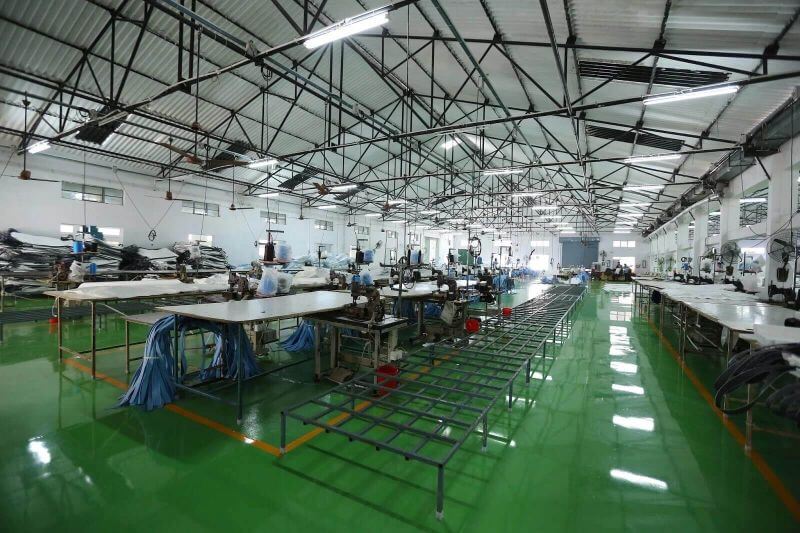



For the transportation and storage of a wide range of commodities, Flexible Intermediate Bulk Containers (FIBCs), also referred to as jumbo bags or bulk bags, are indispensable in many sectors. To avoid accidents, losses, and damage, it is crucial to make sure loads inside FIBCs are stable and safe. Examining the science underlying FIBC load stability and safety reveals an exciting area of material science, physics, and engineering.
Understanding Load Stability:
The balancing and distribution principle is the foundation of FIBC load stability. The structure of a FIBC is subjected to forces when materials are placed inside. Particularly while the load is being transported or stored, an uneven distribution of these pressures may cause the load to shift, tilt, or even topple over. To ensure load stability, engineers carefully plan FIBCs taking into account elements like weight distribution, center of gravity, and structural integrity.
Material Strength and Selection:
FIBC load stability and safety are greatly impacted by the materials selected. The most popular material for FIBCs is polypropylene, which has a good strength-to-weight ratio and resilience to tearing and punctures. Furthermore, improvements in coatings and fabric weaving methods increase the FIBCs' resilience and load-bearing ability. Designing FIBCs that can endure a range of stresses and climatic conditions requires an understanding of the mechanical properties of materials.
Engineering for Maximum Performance:
To assess FIBC designs and maximize load stability, engineers use complex computational tools and simulations. Computational fluid dynamics (CFD) and finite element analysis (FEA) simulations aid in forecasting the effects of many parameters on FIBC performance, including airflow, load distribution, and external forces. Through the process of fine-tuning designs in response to simulation data, engineers can guarantee optimal load stability and safety in practical situations.
Sustaining Load Stability through the Handling and Securing:
In addition, to design and material considerations, the handling and securing of FIBCs are essential for preserving load stability. The distribution of forces applied to FIBCs during storage and transit is influenced by various factors, including stacking, stacking patterns, and fastening techniques. Load shifts and instability are reduced by employing securement techniques including straps, pallets, and dunnage, as well as by training staff in proper handling techniques.
Regulatory Compliance and Standards:
Respecting regulatory standards is essential for FIBC load stability and safety; it cannot be compromised. Guidelines and standards for FIBC design, manufacture, and testing are established by organizations such as the Flexible Intermediate Bulk Container Association (FIBCA) and the International Organization for Standardization (ISO). Adherence to these guidelines guarantees that FIBCs fulfil rigorous safety specifications and function dependably in various scenarios.
The subject of FIBC load stability and safety science is broad and includes material science, engineering concepts, and regulatory compliance. Manufacturers may create FIBCs that provide unmatched stability and safety for moving and storing a variety of materials by understanding the nuances of load distribution, material behaviour, and design optimization. Further developments in FIBC technology will be fueled by continued research and innovation as industries continue to change, improving supply chain efficiency, dependability, and safety.
